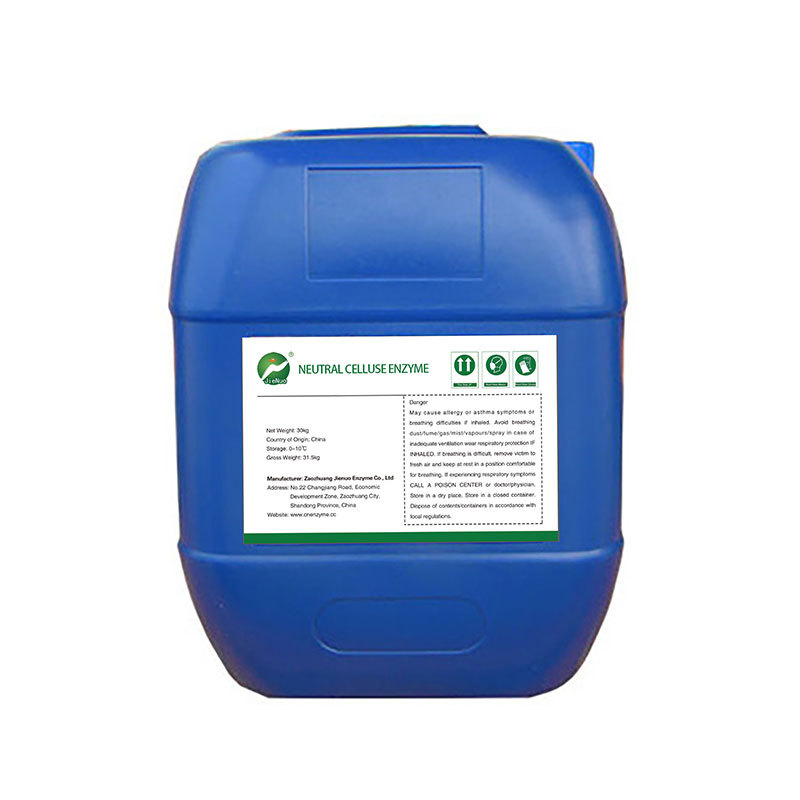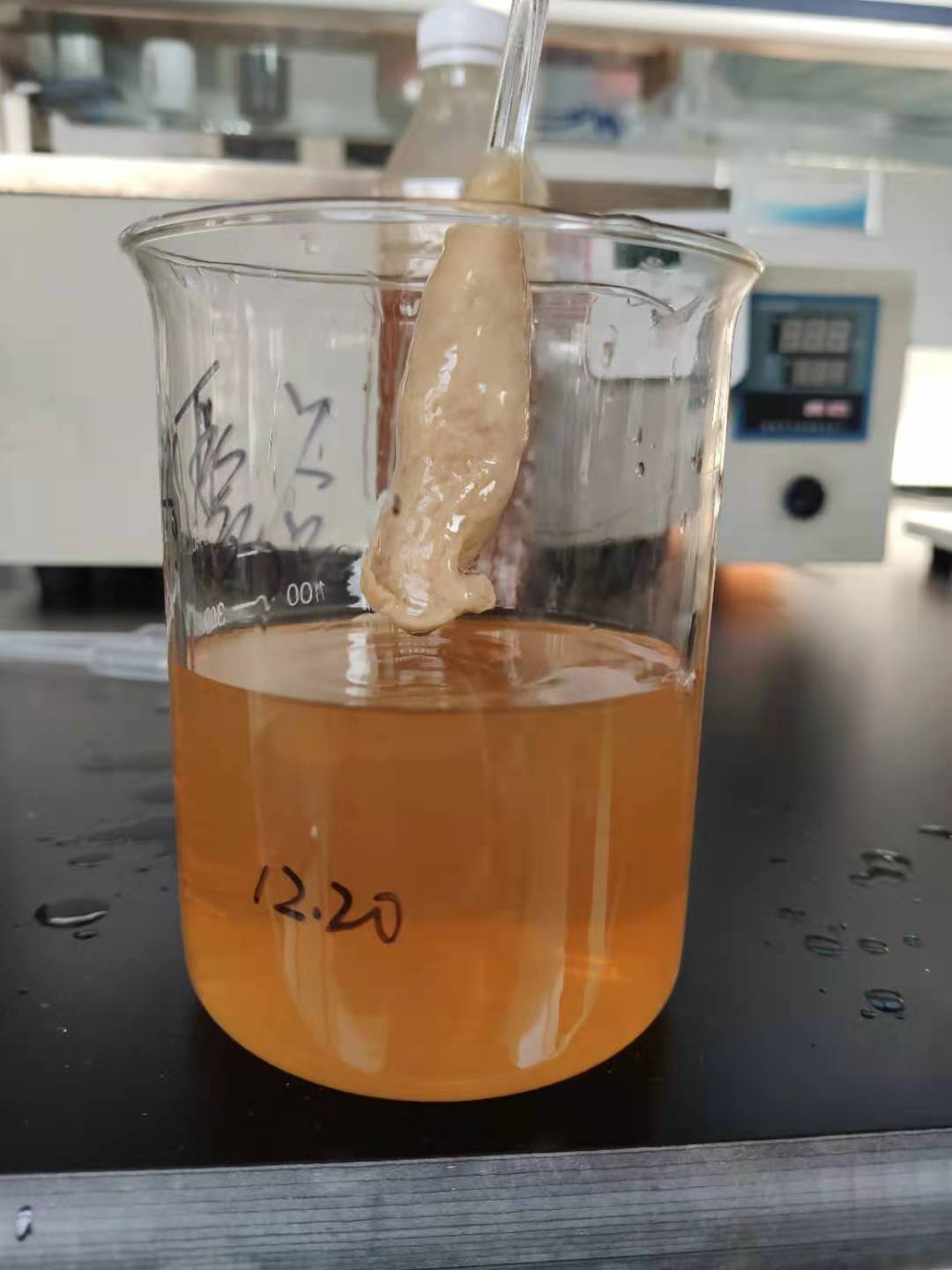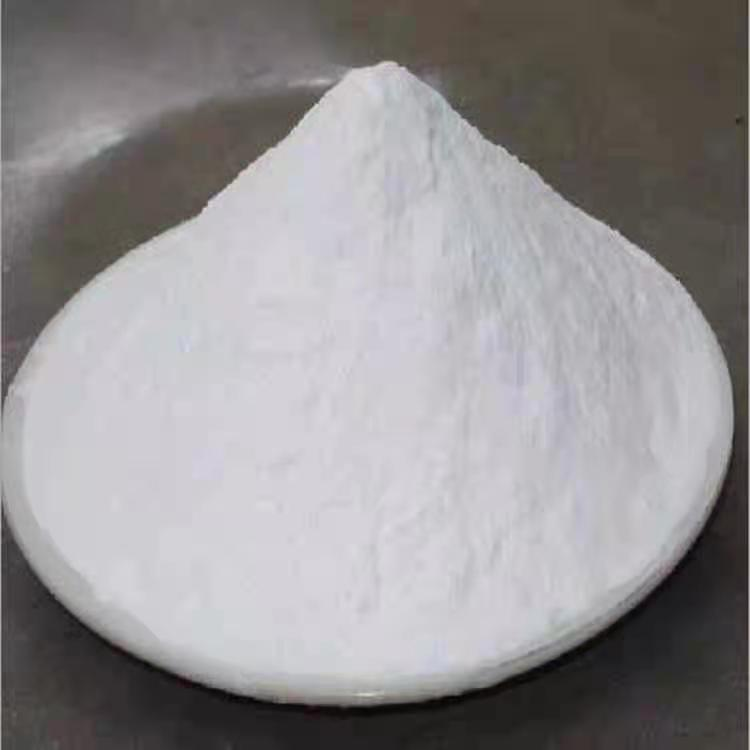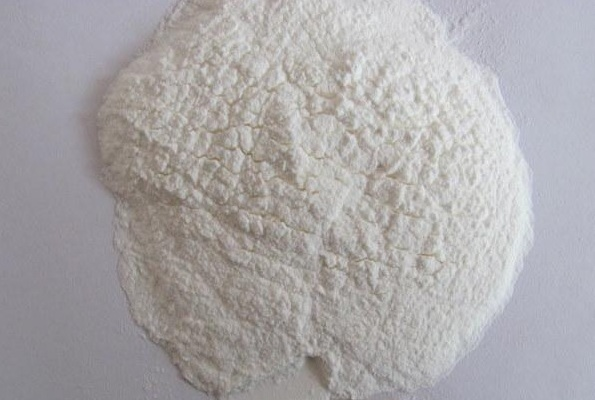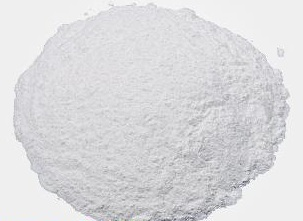Products
Contact Us
Tel: 86-632-8999262
Fax: 86-632-8999268
MP/Wechat/Whatsapp: 8613563208832
E-mail: sdjienuoanna@hotmail.com
E-mail: annajienuoenzyme@hotmail.com
E-mail: sdjienuo@163.com
Add: No.22 Chang Jiang Road, Economic Development Zone, Zaozhuang City, Shandong Province, China
Details
Application:
It is a novel finishing process, can be used for the biological finishing of fiber fabrics. This agent is suitable for woven or knitted fabrics, which has many functions. After treatment with this agent, the following effects can be achieved:
1. Remove hair and clean hair
2. Good color retention, small fading
3. The color is bright and shiny
4. The fabric strength damage is small, try to maintain high tear resistance
Especially 2 and 4 are not achieved by traditional enzyme preparations.
Process conditions:
Enzyme dosage…………1.0—2.0% (to the fabric weight)
Bath ratio…………5-15L/kg fabric
Processing time…………30-60 minutes
Processing temperature…………35—55℃
PH range………… 5.5—7.0 (6.0 is the best)
Inactivation: The PH value can be increased to 10 by adding anhydrous sodium carbonate, or the temperature can be increased to 70℃ and kept for 10 minutes.
Packaging and storage: 25kg/drum or as client’s request. The activity can be maintained for 6 months at room temperature, avoiding long-term storage above 30°C.
Get a free quote
Please fill in your contact information and your needs, and we will arrange a professional to contact you!

